The CTV FAST Channel industry has undergone a significant transformation in recent years. At the core of this transformation is technology, particularly the rise of programmatic media buying.
Programmatic in CTV and FAST Channels it hasn’t been without its challenges.
Ad fraud is siphoning off an estimated $6.5 billion from advertisers each year. Privacy and brand safety remain ongoing concerns, inventory quality is frequently questioned, and ad agencies are striving to reclaim profits and clients lost to ad-tech companies.
Another issue causing disruption in the ecosystem is transparency, or rather, the lack thereof. According to a recent study, brand executives identify transparency as the number-one challenge facing programmatic buying.

Non-Transparent Programmatic Media Buying
In the past, when media transactions between advertisers and publishers were direct, both parties knew the exact cost of the media being sold and purchased. While direct transactions still occur, the benefits offered by technology platforms (DSPs, SSPs, DMPs, etc.) have led to an increase in programmatic media buying for both remnant and premium inventory.
However, these platforms, while providing an easier and more optimized way of buying and selling media, have essentially become middlemen, making the true cost of media harder to identify.
When an advertiser makes a media purchase through their agency, they are often unaware of how many intermediaries their budget passes through and how many commissions are paid before the ad reaches the viewer. It is not uncommon for an ad to pass through multiple parties, each taking a commission and charging fees.
The Programmatic Process:
- An advertiser hires a media agency.
- The media agency sends the buy to the agency trading desk.
- The trading desk manages the campaign on a DSP.
- The DSP connects to an Ad Exchange, which combines the inventory with third-party data from the DMP.
- The inventory on the ad exchange is supplied by the ad network (SSP).
- Finally, the ad is passed on to the publisher.
Intermediary Commissions and Fees in Programmatic CTV Ad Trading
Calculating the exact commission each technology platform takes (DSP, Ad Exchange, SSP) is extremely difficult. Even if this information is provided to the advertiser, it can be challenging to validate and confirm.
Commissions paid to DSPs, for example, can vary greatly, with industry experts estimating figures from as low as 5% to as high as 50%, with an average around 20%.
In the current programmatic system, advertisers are only informed about the price of the media in relation to the quantity (e.g., $10 for 1000 impressions – CPM), but they have no way of knowing what percentage of that will be taken by the technology platform and what percentage the publisher will actually receive.
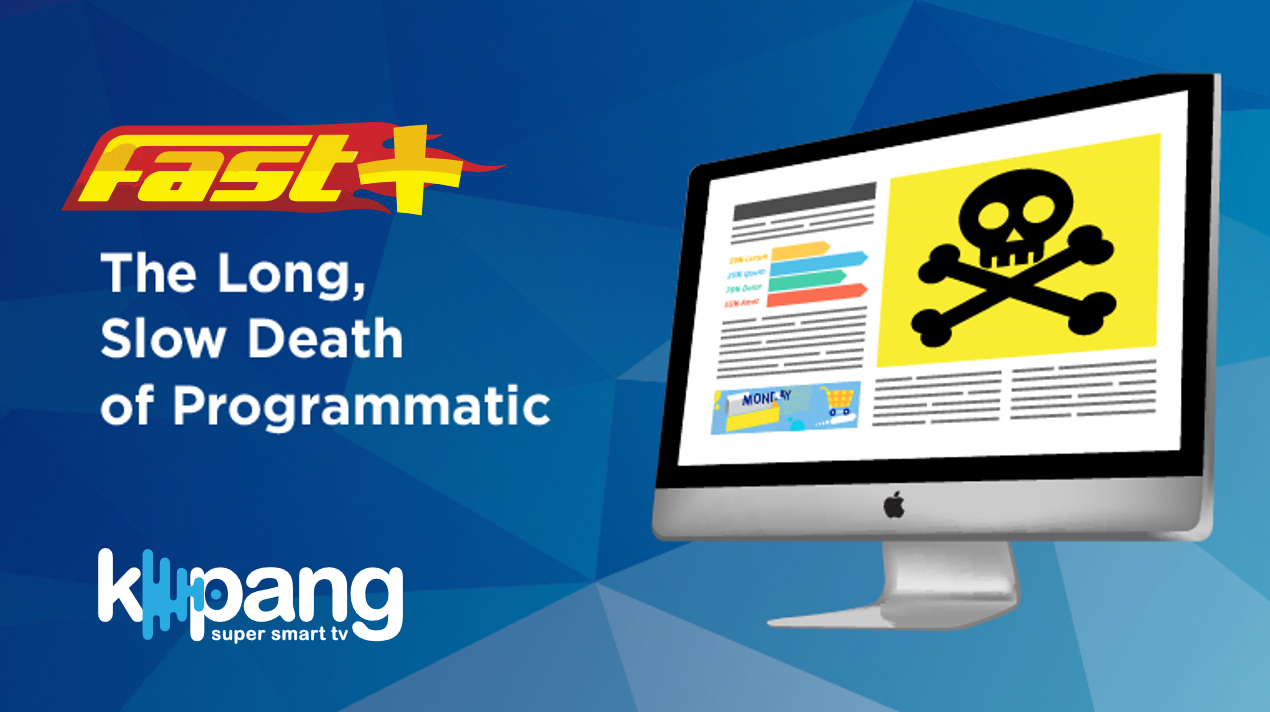
The combination of commissions means that advertisers purchasing inventory for a CPM of $35 may see up to 75% of that amount consumed by intermediaries and technology platforms, with only 25% going to the FAST Platforms who then share that 50/50. To put that into context, if the advertiser pays $35 CPM, the channels are only receiving ad space valued at $4 CPM.
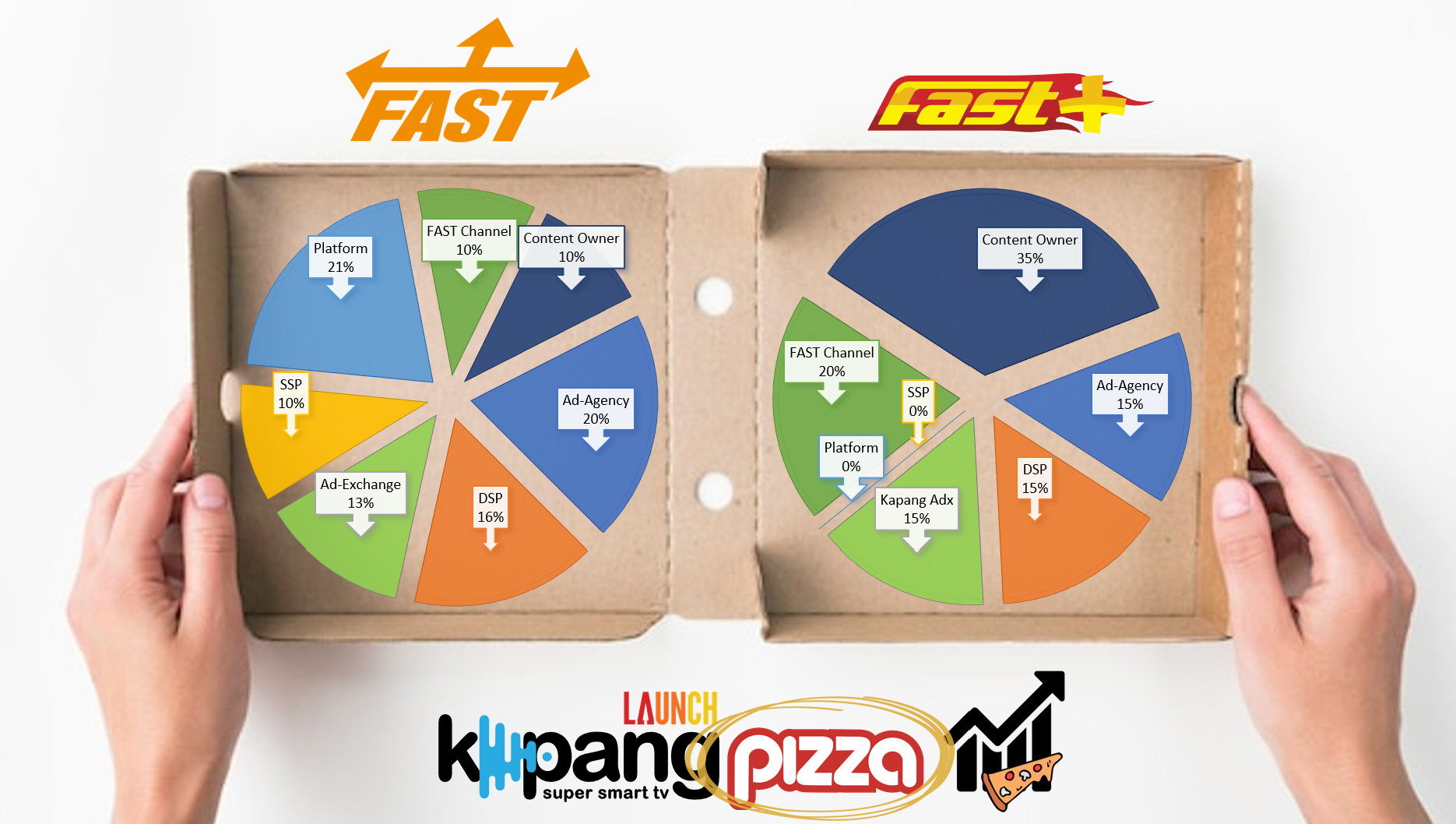
This not only means that advertisers are not getting what they pay for, but also that publishers are not receiving the appropriate price for their inventory.
As you can imagine, this discrepancy is significant and can severely impact ad performance. However, this disparity is rarely disclosed to advertisers and publishers.
In addition to the main platforms and intermediaries, advertisers may also pay for third-party data (e.g., behavioral, contextual, and verification data) from a Data Management Platform (DMP). While the cost of the data is usually known to the advertiser, the DSP may add hidden margins to its price.
The transparency issue came to a head recently when a major publisher sued an ad-tech company for failing to disclose fees earned from advertisers that appeared on the publisher’s site. More stories like this are likely to emerge unless transparency is addressed.
Impact on the CTV FAST Channel Ecosystem
This lack of transparency is damaging the reputation of programmatic buying and causing distrust among parties in the ecosystem.
One of the most concerning signs is that advertisers and publishers are becoming increasingly hesitant to invest in programmatic, as they cannot accurately calculate ROI. Additionally, a lack of transparency causes advertisers to feel shortchanged by the very technology platforms that are supposed to help maximize their ROI and optimize their media spend.
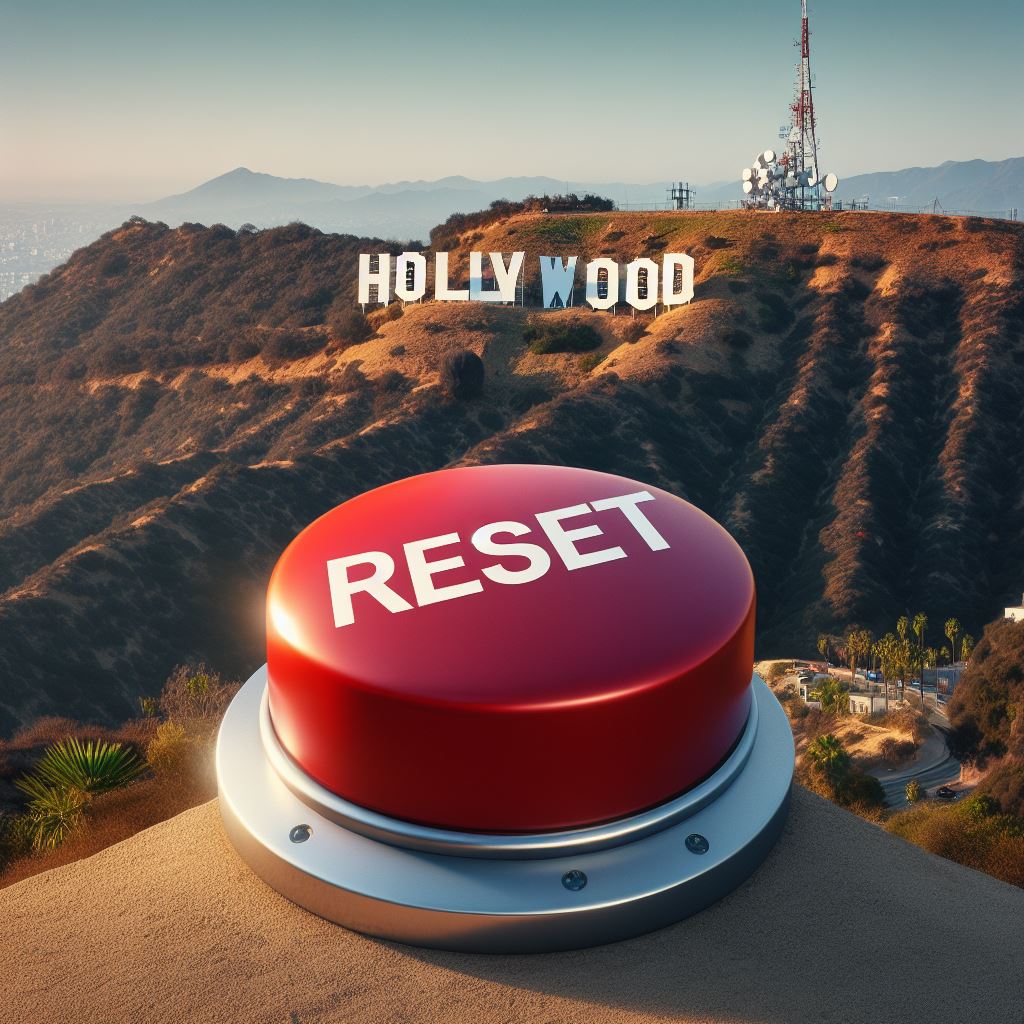
Where Do We Go From Here?
There is no doubt that the lack of transparency is an issue that needs immediate attention. One way to start is by educating advertisers on the inner workings of various technology platforms and training them on how they operate
Clear guidelines need to be introduced and aligned with business rules and practices. This means holding technology vendors accountable and pressuring them to become more transparent with their pricing, creating solutions that will guarantee pricing transparency for the entire ecosystem.
View TV AdsDirect is combating the lack of transparency in the CTV FAST Channel Ad-Trading Ecosystem
View TV AdsDirect is tackling the transparency issues in programmatic buying head-on, addressing the core challenges that have plagued the industry for years. By implementing advanced technology and fostering a culture of openness, View TV AdsDirect is setting new standards for clarity and accountability in the CTV FAST Channel industry.
One of the primary ways View TV AdsDirect is combating the lack of transparency is through the use of real-time reporting and analytics. Advertisers can access detailed insights into where their ads are being placed, how much they are paying at each stage of the transaction, and the exact commissions taken by intermediaries. This level of transparency ensures that advertisers are fully aware of their media spend and can make informed decisions to optimize their campaigns.
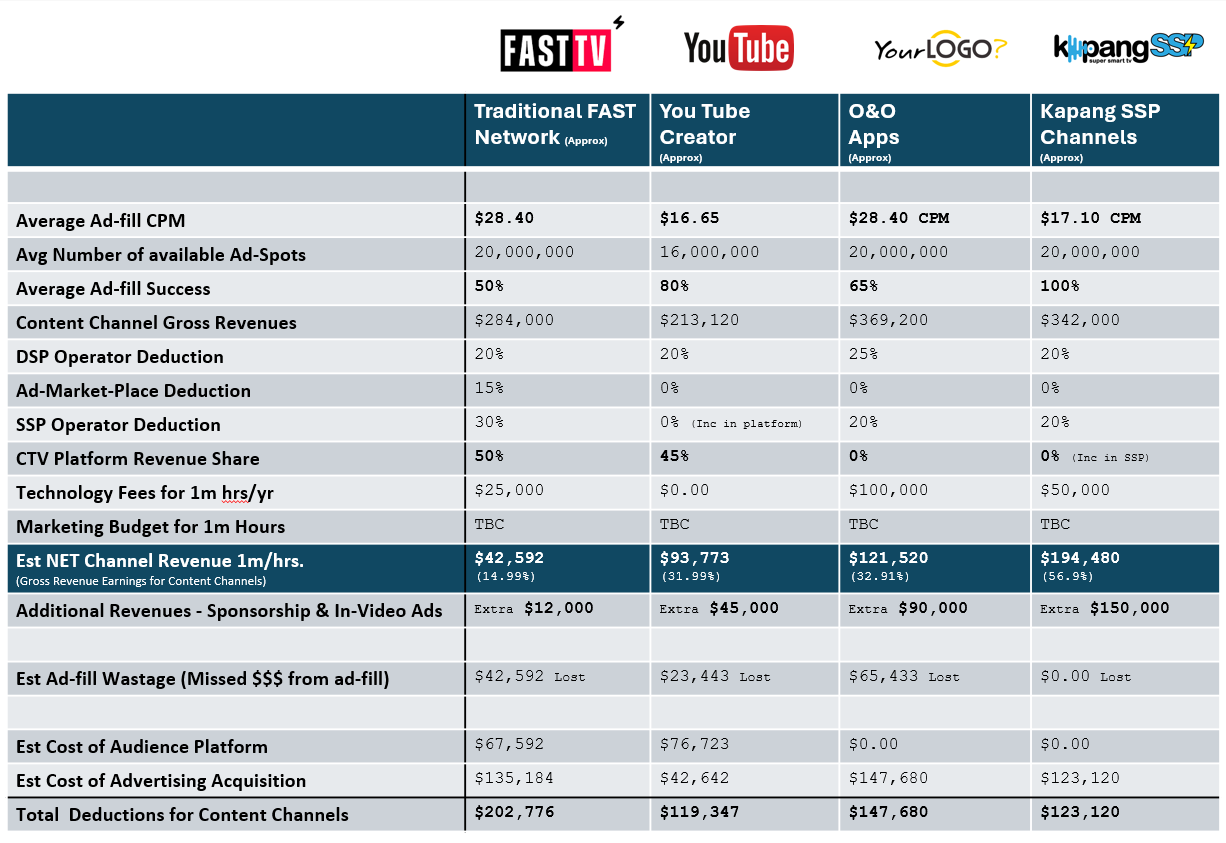
Additionally, View TV AdsDirect has streamlined the programmatic buying process by reducing the number of intermediaries involved. By minimizing the layers between advertisers and publishers, they have significantly cut down on hidden fees and commissions. This not only ensures that a larger portion of the ad spend reaches the publishers but also enhances the overall efficiency and effectiveness of ad campaigns.
Moreover, View TV AdsDirect is committed to educating advertisers about the intricacies of programmatic buying. They offer training sessions and resources to help advertisers understand the technology and processes involved, empowering them to take control of their media strategies. This proactive approach helps build trust and confidence among advertisers, encouraging greater investment in programmatic buying.
By addressing these transparency issues, View TV AdsDirect is not only improving the reputation of programmatic buying but also unlocking its full potential. Advertisers can now achieve better ROI, and publishers receive fair compensation for their inventory, creating a more balanced and efficient ecosystem for all parties involved.
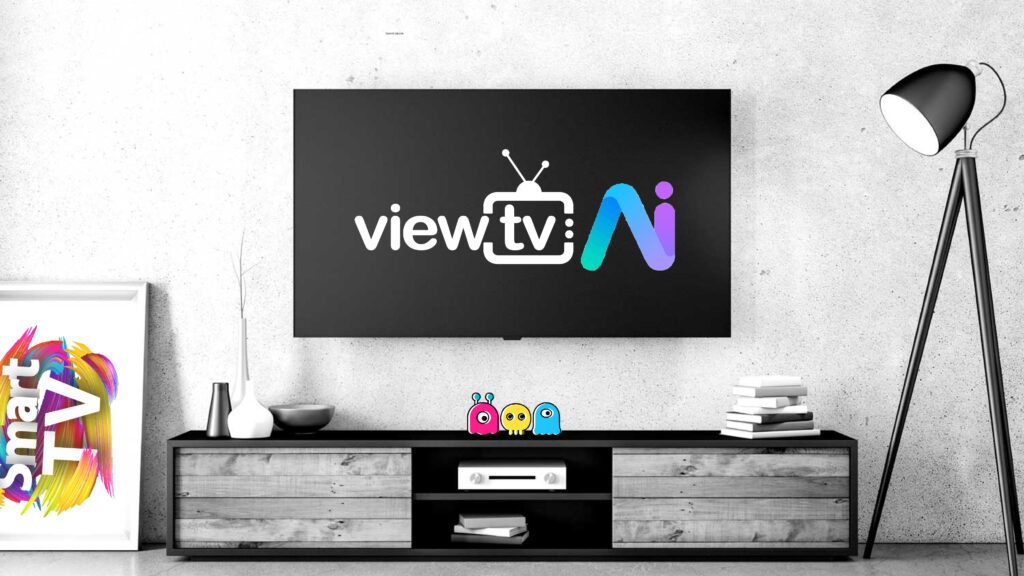
Referenced from – https://clearcode.cc/blog/programmatic-buying-transparency/
Discover more from Rathergood TV
Subscribe to get the latest posts sent to your email.
